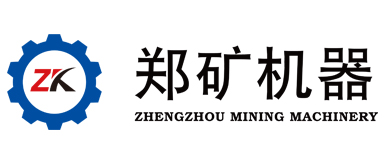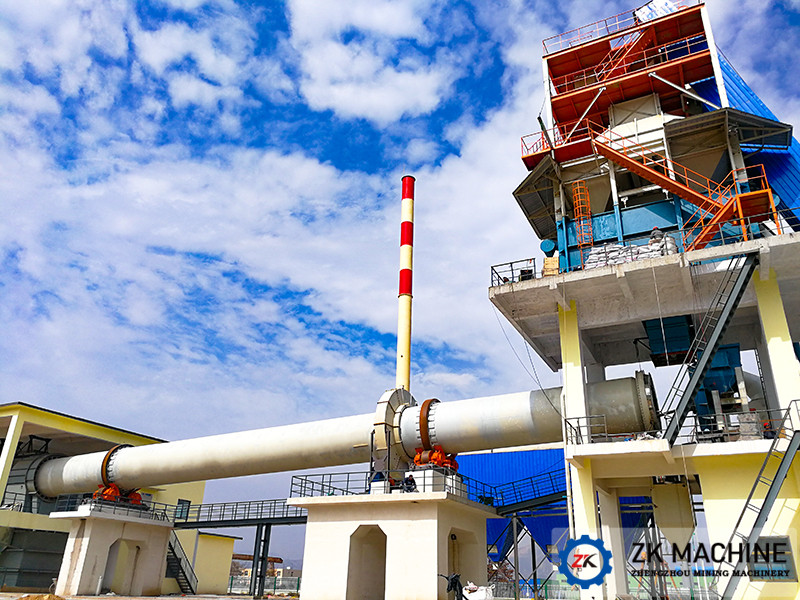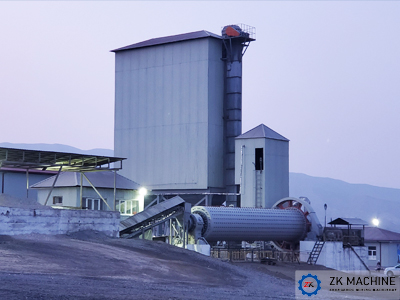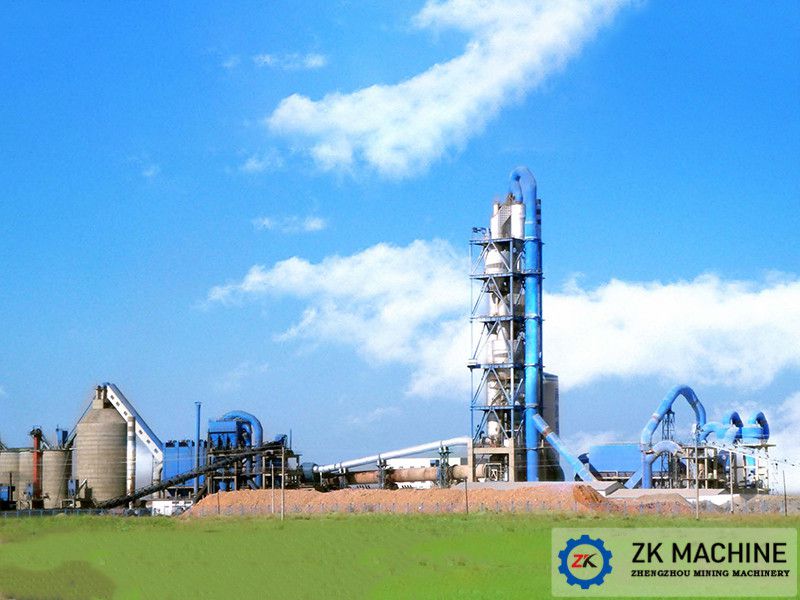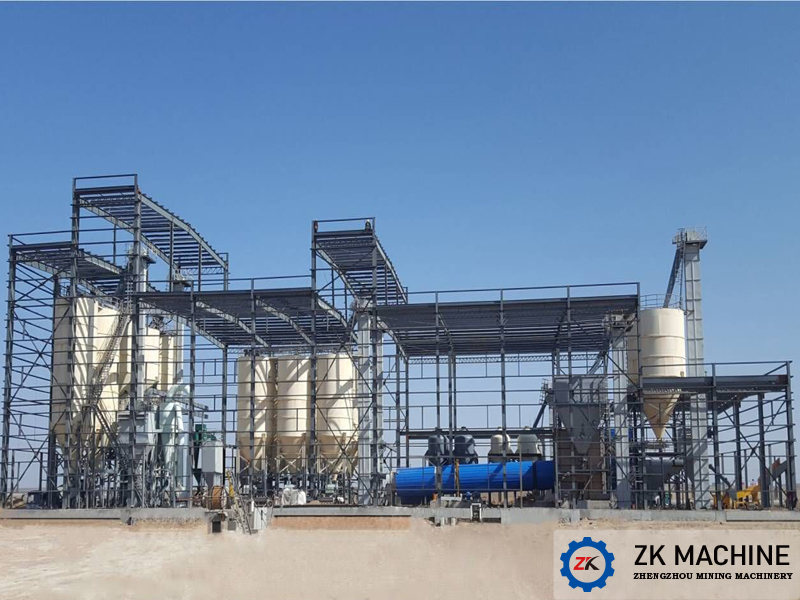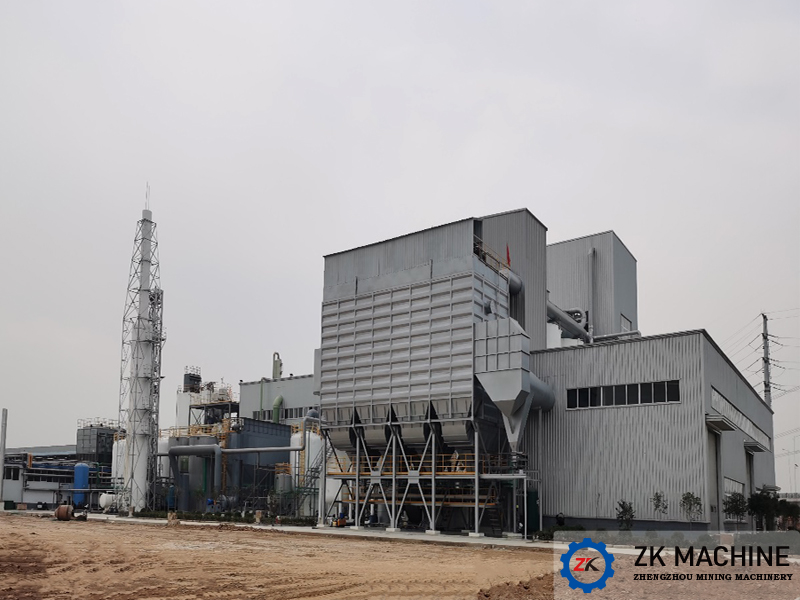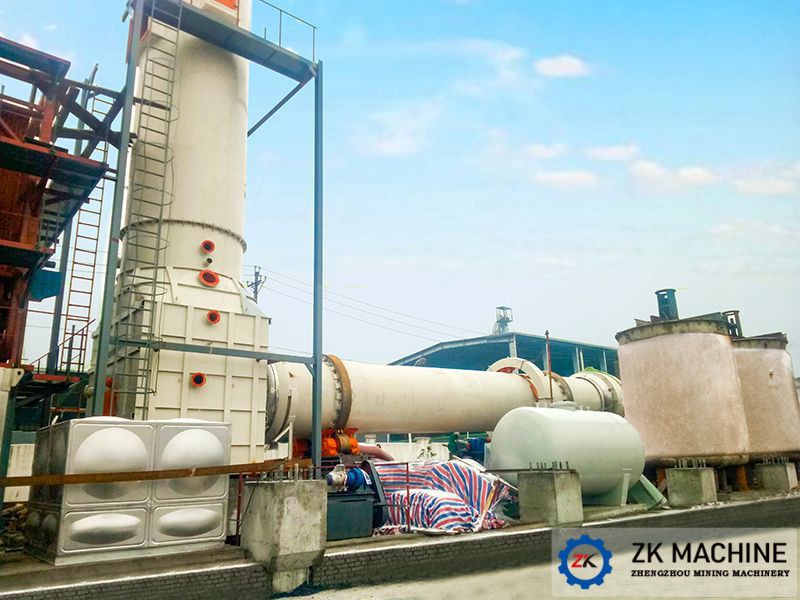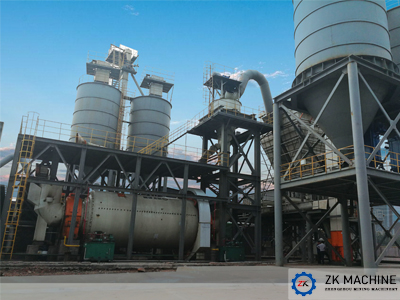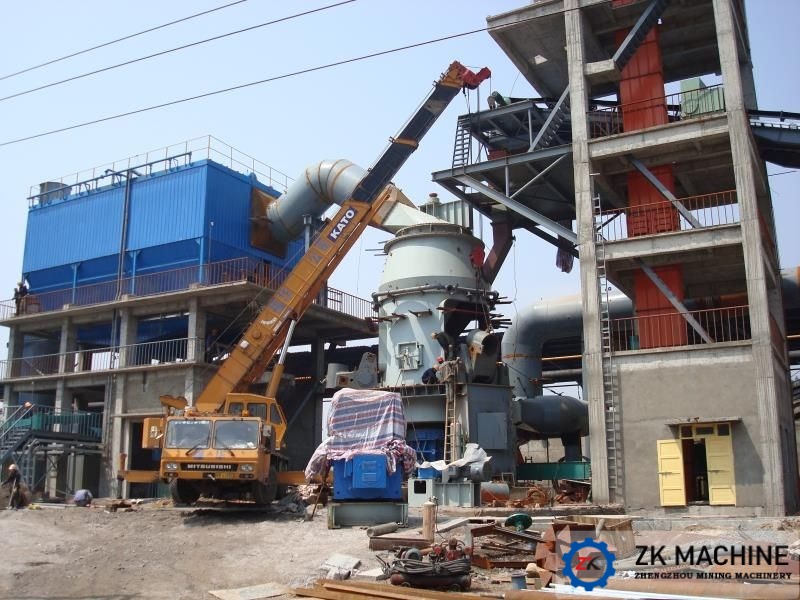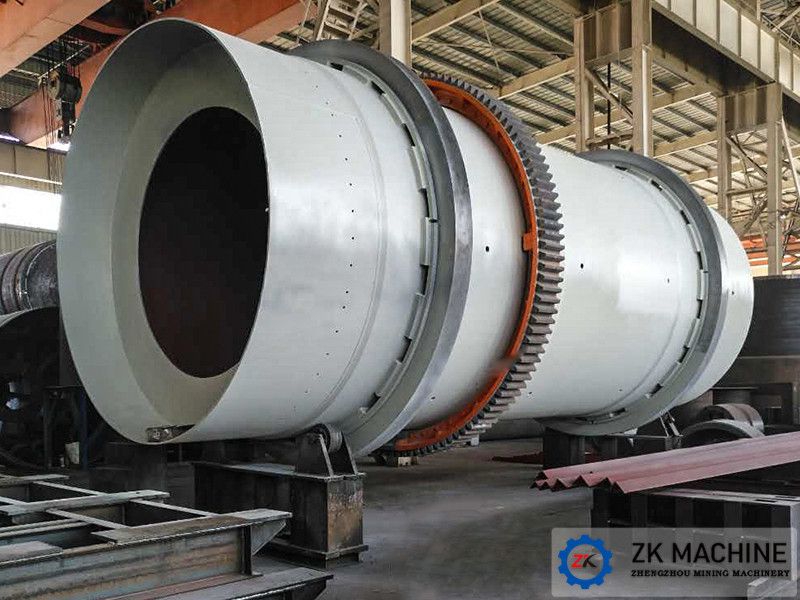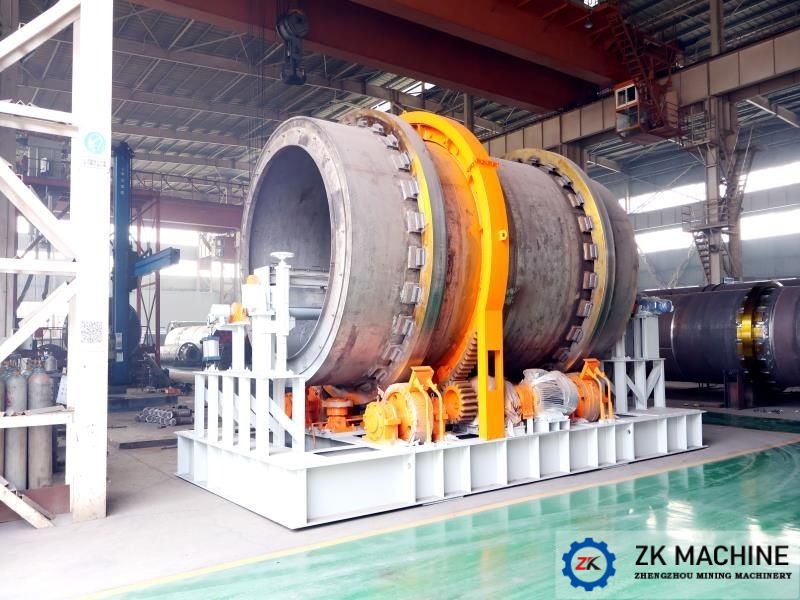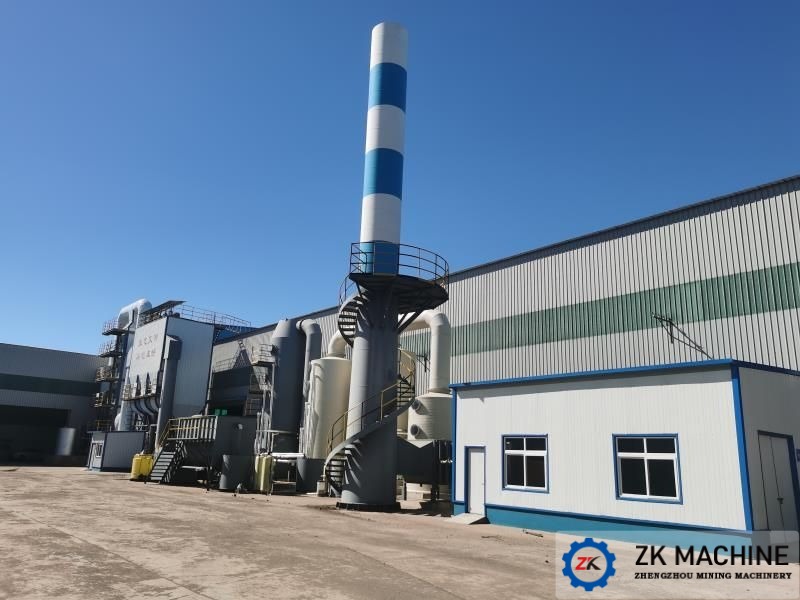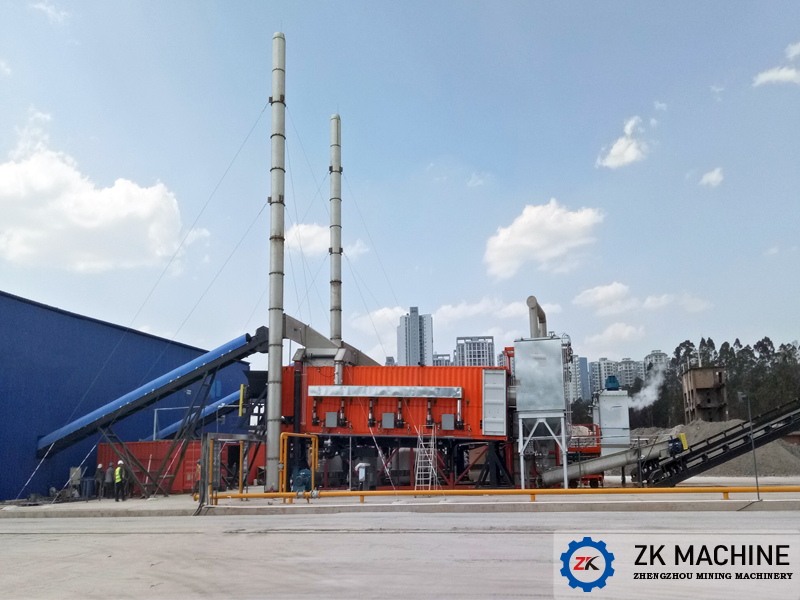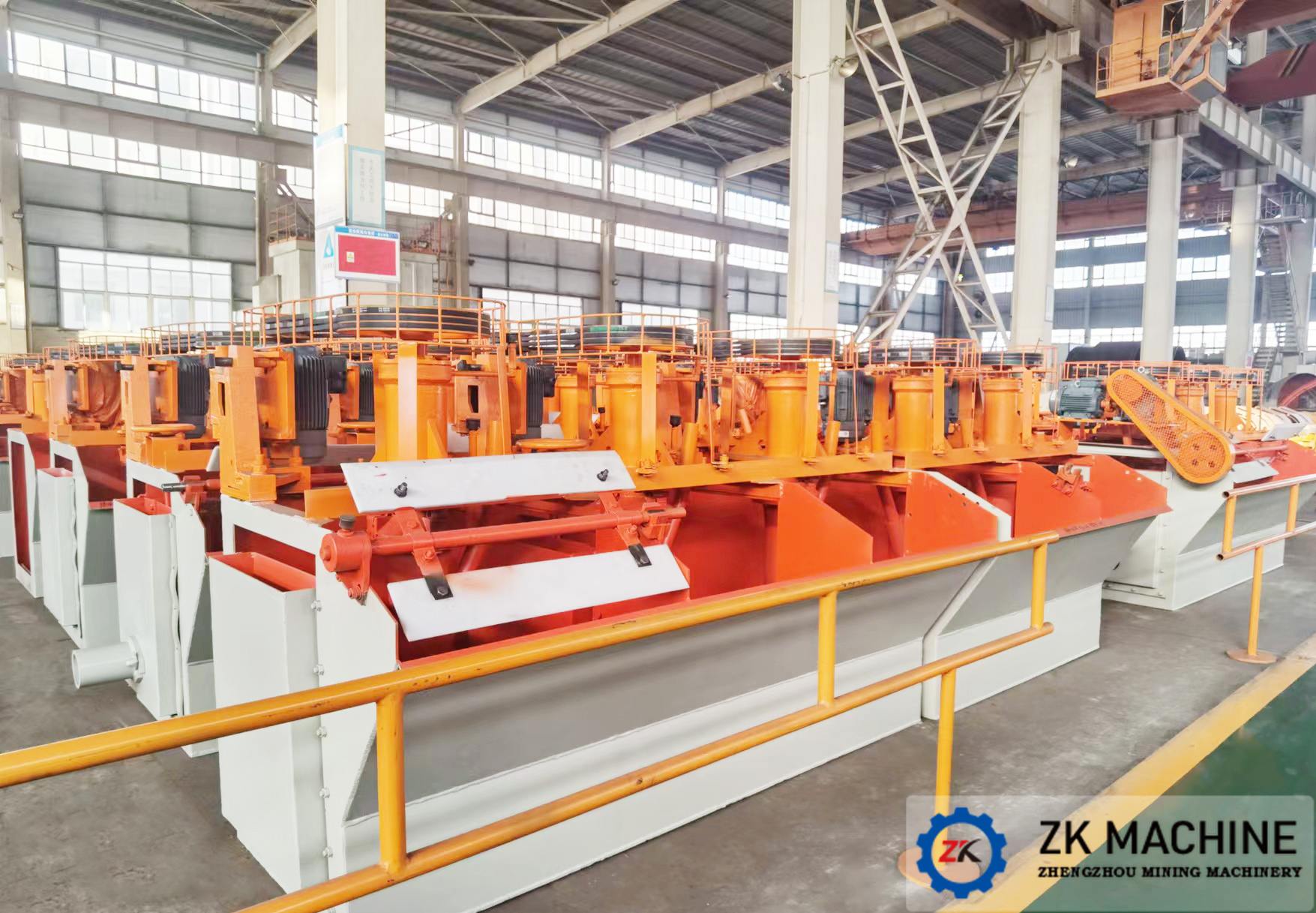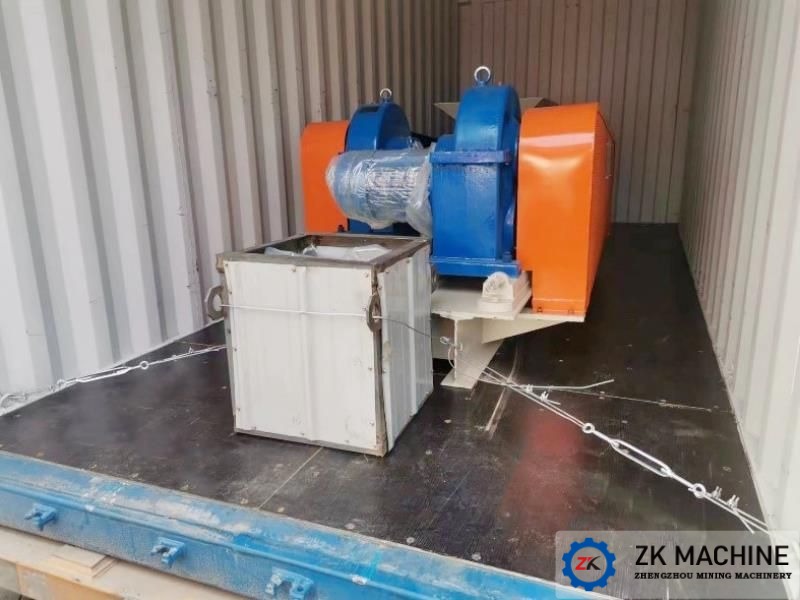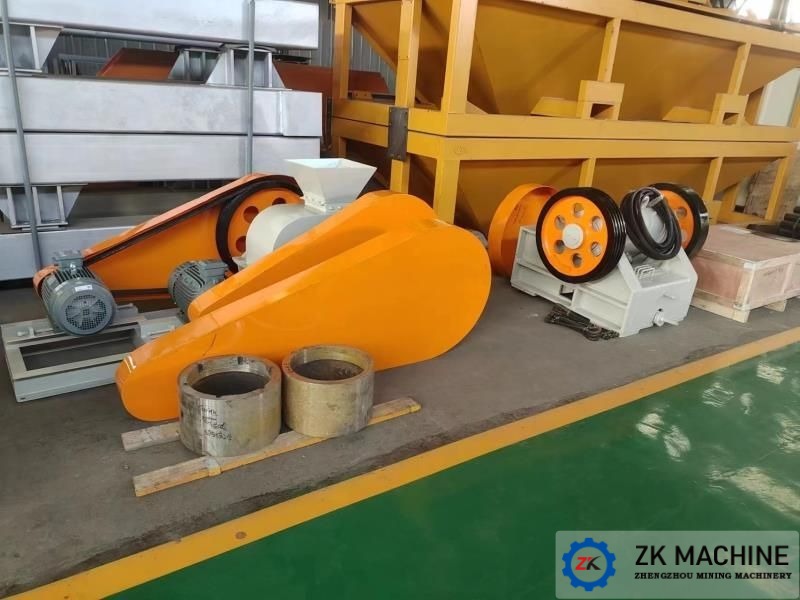Applications & Advantages of Screw Conveyor
The screw conveyor is a continuous conveying equipment without a flexible traction mechanism.
1. Structure
The main components of a screw conveyor used to transport bulk materials in horizontal and slightly inclined directions are: a semicircular trough and a screw mounted on a suspension bearing placed in it. The driving device drives the screw to rotate, and the material passes through the screw conveyor. The hopper is loaded into the trough and discharged at the middle discharge port.
A vertical screw conveyor used to transport bulk materials in the vertical direction. The screw is hung on the bearing at the top, and the lower part is centered on the self-aligning ball bearing. The trough of the feeding section is a conical tube, and the rest is a cylindrical tube. The driving device drives the spiral to rotate, and the materials are fed from the bottom to the top and discharged.
2. Working Principle
The working principle of the screw conveyor is: the spiral rotates in a closed trough, so that the material loaded into the trough does not rotate with the screw due to its own gravity and the friction force on the trough, but only along the material. The trough moves forward; in a vertical screw conveyor, the material moves forward by centrifugal force and friction against the trough wall.
3. Features
The main advantages of screw conveyors:
1) The structure is relatively simple, compact, and easy to manage and operate;
2) The work is testable, the maintenance is not too complicated, and the cost is low;
3) Since the trough is closed, it is convenient to transport dust-prone, hot (200°C) and strong-smelling materials, reducing environmental pollution and improving working conditions;
4) Multi-point feeding and multi-point unloading can be easily realized;
5) A conveyor can transport materials in two directions at the same time, that is, toward the center or away from the center;
6) During the transportation process, it can be combined with mixing, stirring or cooling processes;
7) The trough has high stiffness, so it can withstand certain bending moments well.
The main disadvantages of the screw conveyor are: due to the mixing of the material by the screw conveyor and the friction of the material on the screw and the material, the running resistance and power consumption are very large, the parts are worn out, resulting in a heavy maintenance workload, and they are sensitive to overloading. Easy to cause blockage.
4. Application
Due to the above reasons, screw conveyors are widely used in industrial fields such as building materials, food, chemistry, machinery manufacturing, and transportation to transport cement, coal powder, ore, flour and other materials. The inclination angle of screw conveyors used for horizontal and slightly inclined conveying is less than 20°.
When arranging a conveyor, if possible, place the driving device at the discharge end so that the screw is in a favorable state of tension. At the same time, care should be taken not to place the support base or the discharge port at the flange of the casing joint. , the feed inlet should not be arranged at the cover joint and above the suspension bearing.
